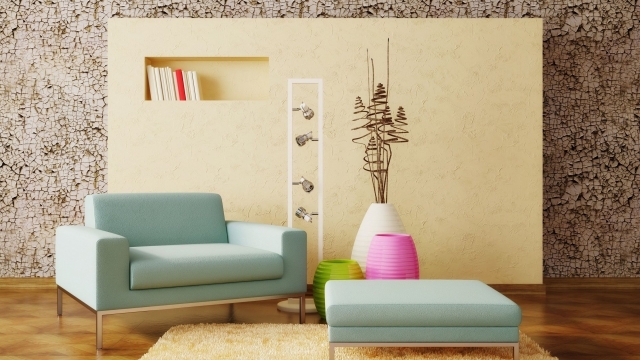Home furnishing is more than just a way to fill space. It’s an art that transforms an ordinary house into a warm and inviting home. The choices made in terms of furniture, décor, and arrangement can significantly alter the atmosphere and functionality of our living environments. Whether you’re establishing yourself in a new place or simply revamping your current space, understanding the basics of home furnishing can make a world of difference. In this article, we have compiled some key advice and practical ways to select home furniture, along with sharing the best home décor tips.
In today’s busy world, homes have become a sanctuary, a haven from the chaos of the external world. A well-thought-out home furnishing strategy not only enhances the appeal of our interiors but also promotes comfort and well-being. From selecting the right color scheme to choosing pieces that offer both style and utility, furnishing allows us to create an environment that reflects our individuality while ensuring our spaces are welcoming and functional. By employing mindful design and a careful attention to detail, anyone can master the art of home furnishing and curate a living space that truly resonates with their unique style and needs.
One of the practical ways to select home furniture is to first understand the dimensions of your room. Accurately measure your space and consider the flow of movement within the area. Choose furniture that complements the size of your room to avoid overcrowding and ensure an open, welcoming feel. Look for pieces that fit comfortably into the space without overpowering the room’s overall aesthetic.
Next, take into account your lifestyle and the purpose of the space. If your home is bustling with children or pets, top priorities for furniture selection should be durability and easy maintenance. Think about materials that can withstand a bit of rough and tumble, while still maintaining their stylish appeal. Conversely, if you’re aiming to create a serene retreat, prioritize comfort and serene designs. Every piece of furniture should serve a purpose – be it seating, storage, decoration, or a combination – so ensure it meets your specific requirements.
Lastly, let’s not forget the significance of style and personal expression in home furnishing. Choose furniture that mirrors your unique taste and complements your existing decor scheme. Whether your preference leans toward modern, rustic, or eclectic designs, a harmony in your furniture choices can foster a cohesive and pleasing aesthetic appeal. By incorporating a blend of textures, colors, and shapes, your space can be not only functional but visually stimulating as well.
To achieve a harmonious design in your home, take into account the color, texture, and style in your furnishing choices. This process requires time, patience, and in some cases, a measure of experimentation. However, with the right approach and careful selection, you can create a living space that is not just visually impressive but also seamlessly meets the demands of your lifestyle.
















